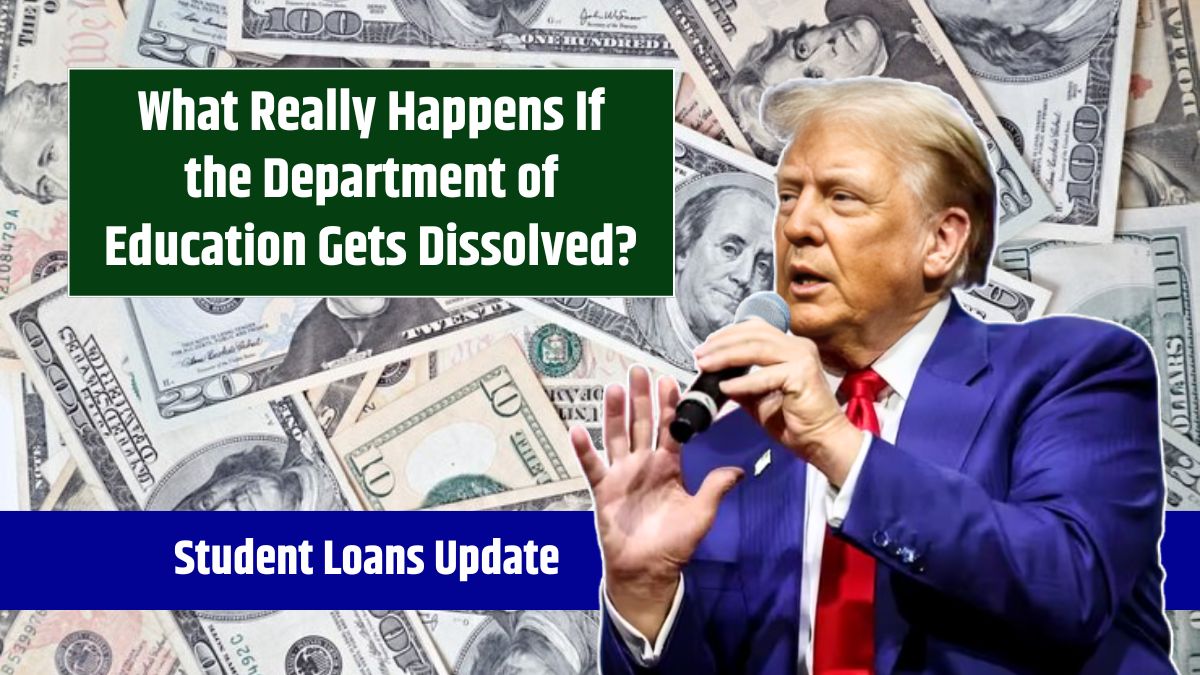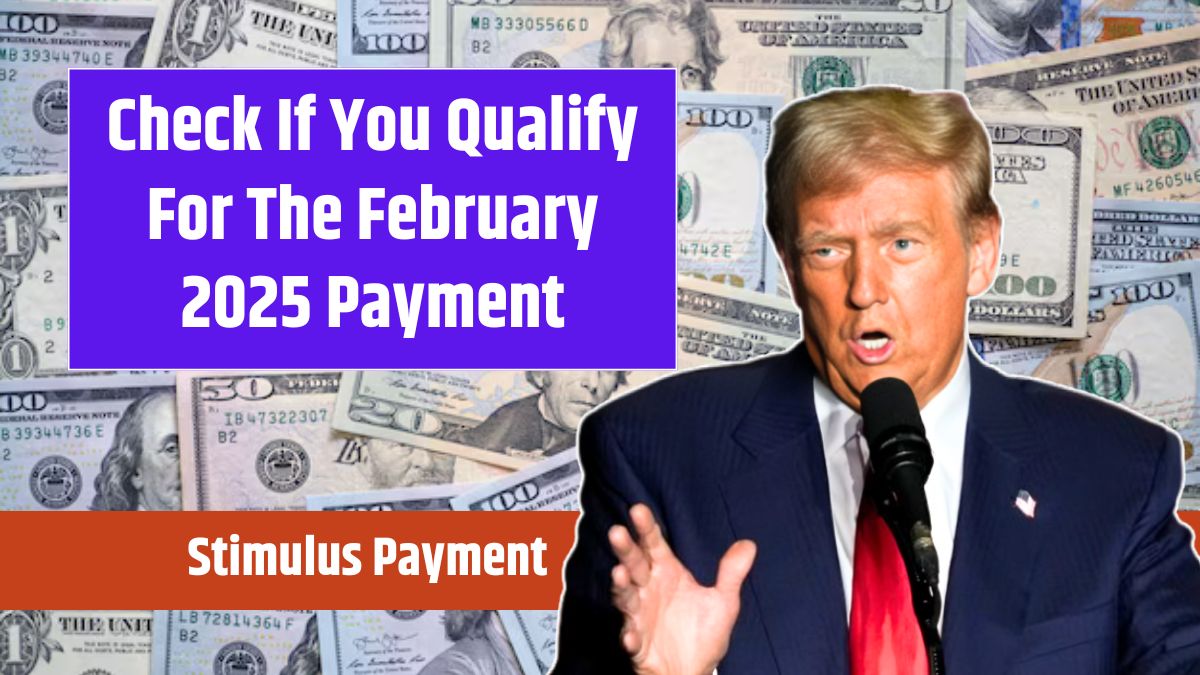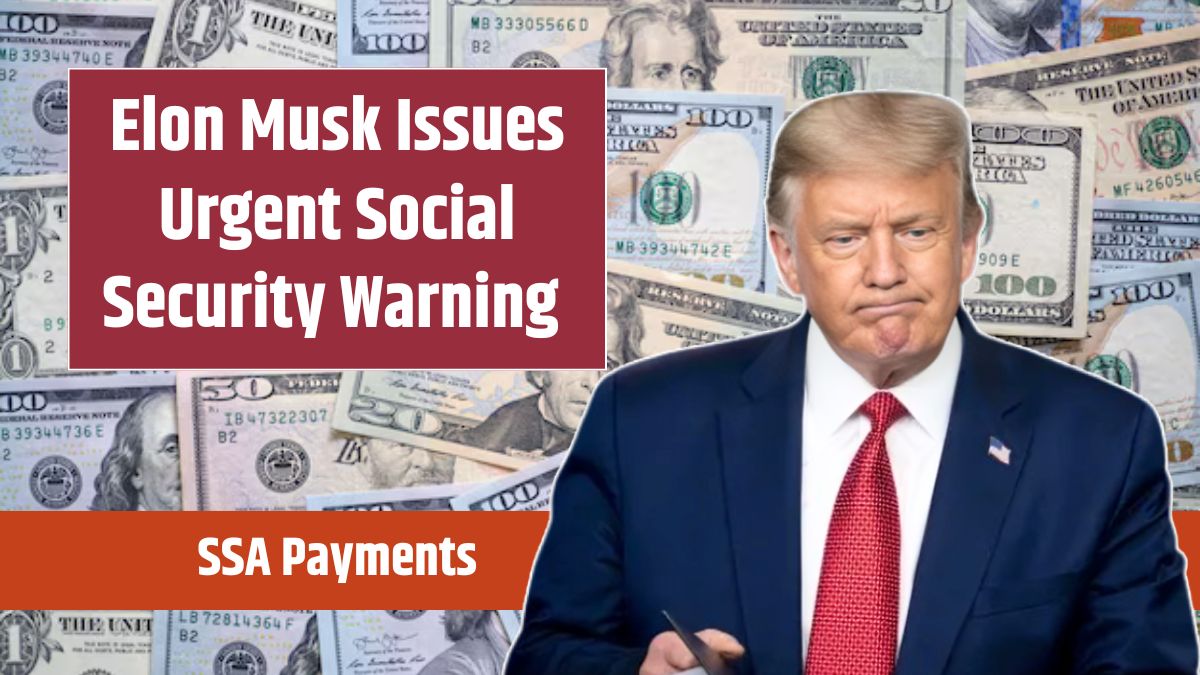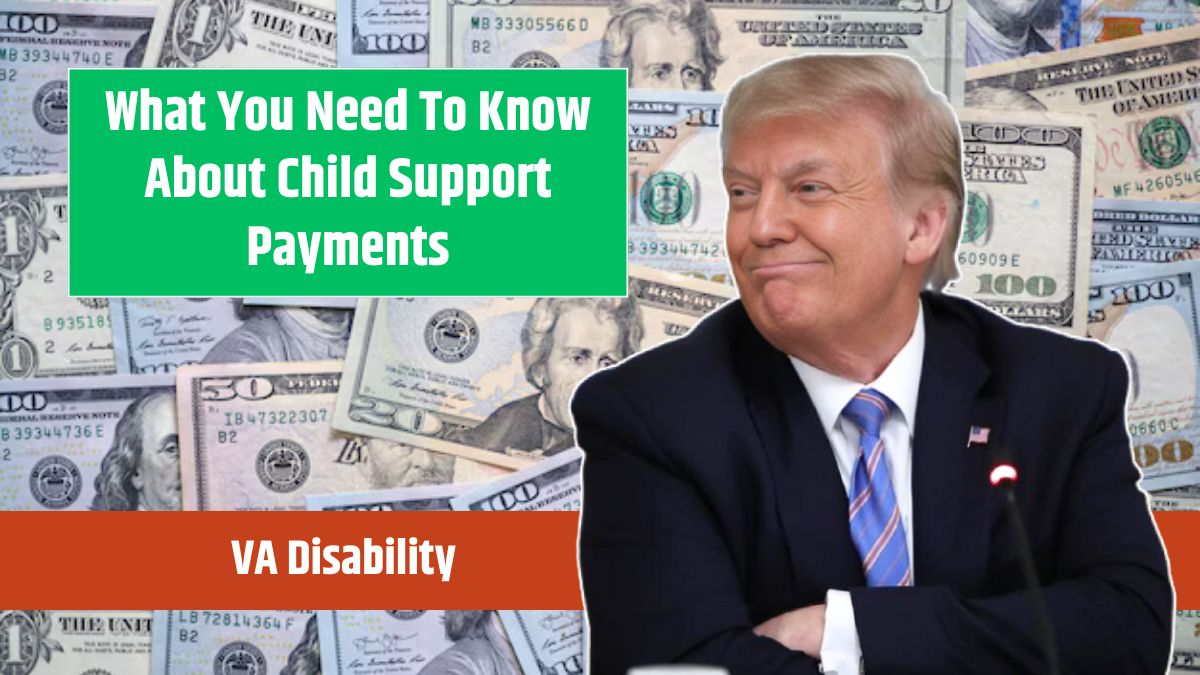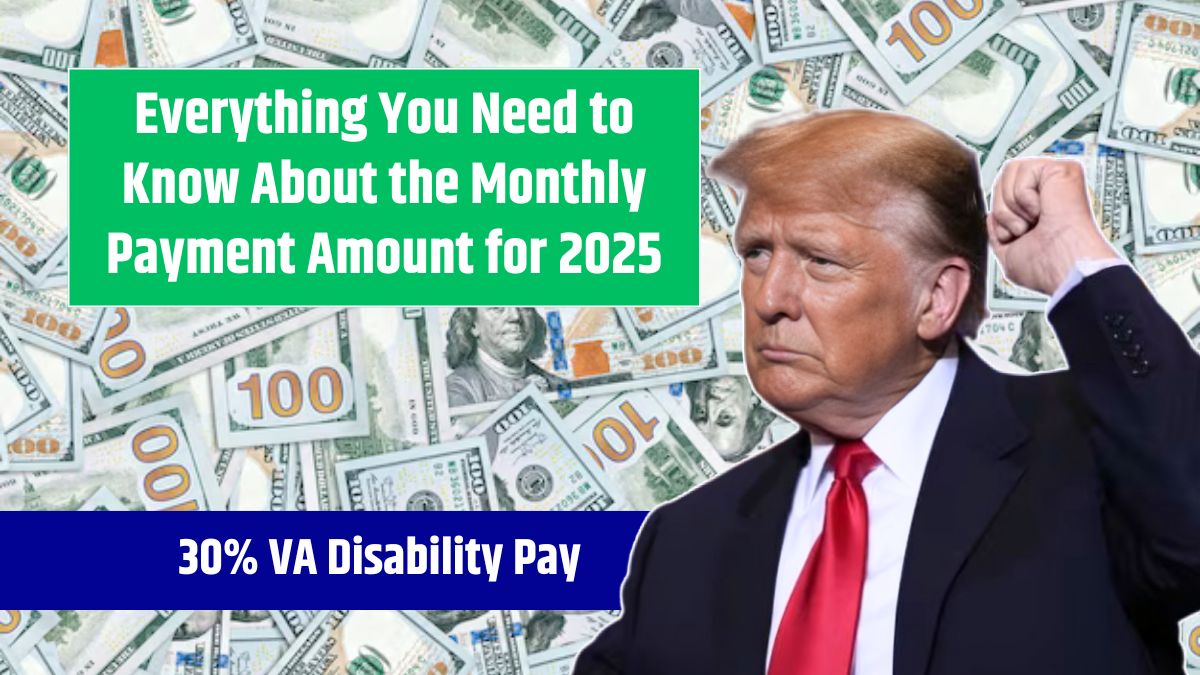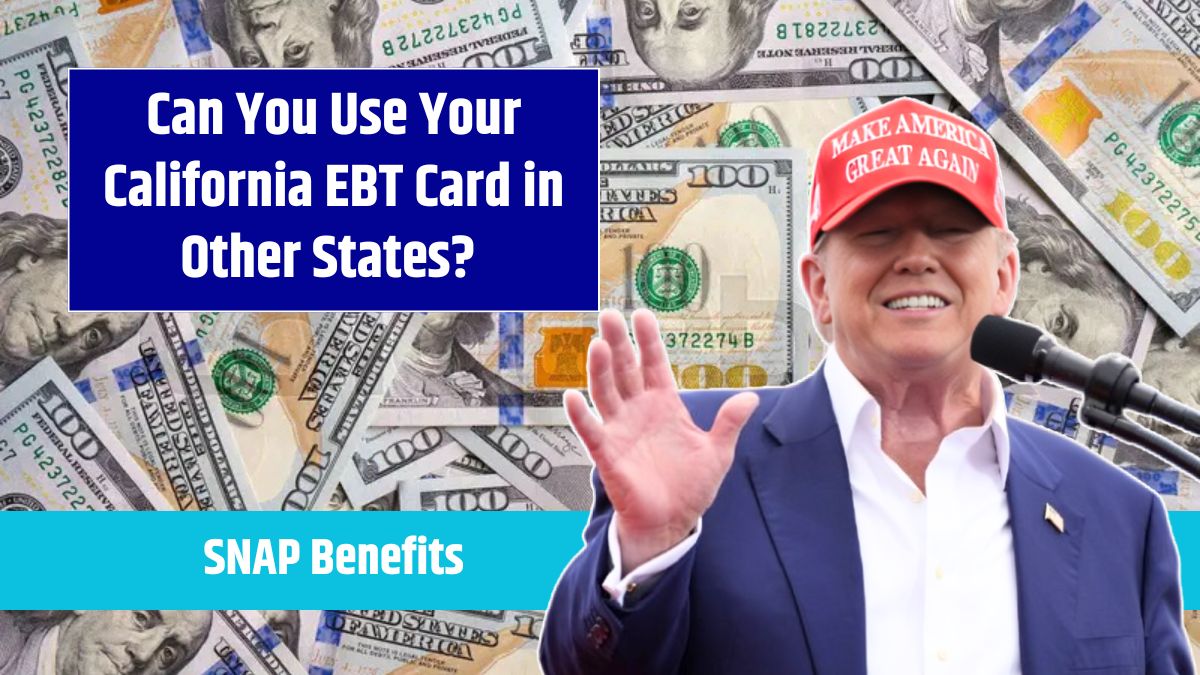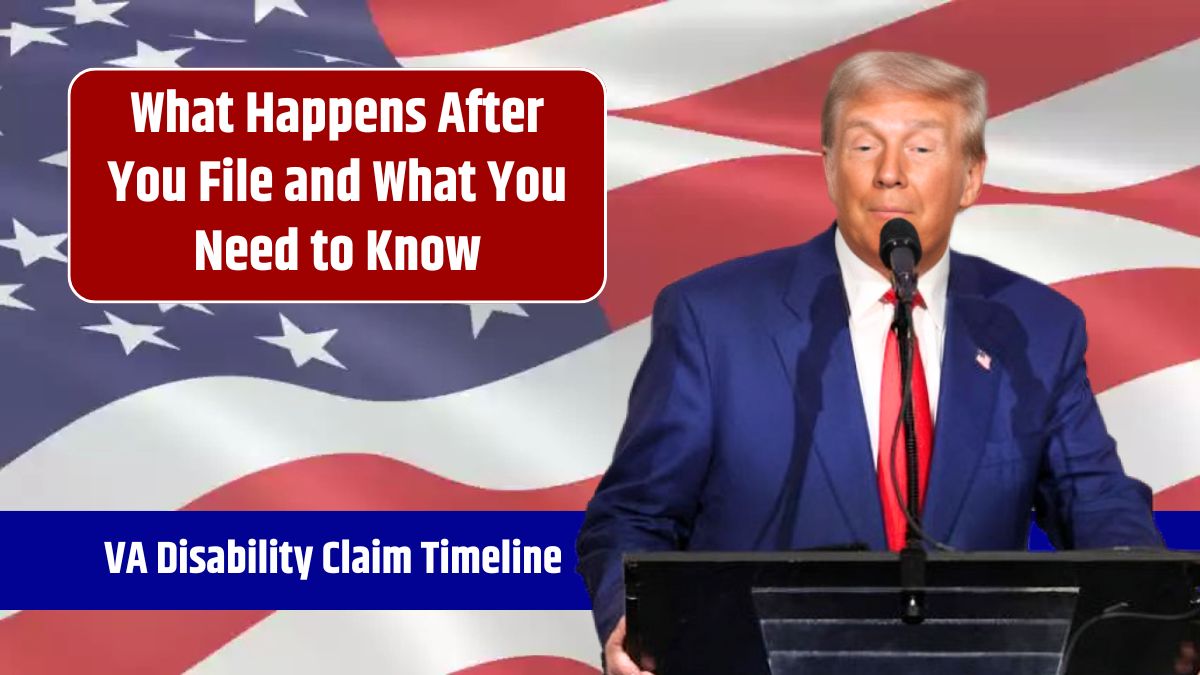Recent discussions about the possible elimination of the U.S. Department of Education (DoE) have raised concerns about what this means for federal student loans.
Some borrowers might hope that dissolving the department would erase their debt, but experts agree that student loans won’t just disappear. Instead, the administration of these loans would likely shift to another government agency.
Let’s look into how this transition could impact borrowers and student loan programs.
Student Loans
The Department of Education currently oversees more than $1 trillion in federal student loans. This includes managing loan servicers—companies responsible for collecting payments, maintaining borrower accounts, and providing customer service.
If the DoE were eliminated, its functions wouldn’t vanish; they’d likely be absorbed by another federal entity, such as the U.S. Department of the Treasury.
According to Kevin Thompson, CEO of 9i Capital Group, student loan programs existed before the DoE was created and would likely be reassigned rather than eliminated. This means:
- Loan servicers would continue operating as usual.
- Borrowers would remain responsible for repaying their loans.
- Forgiveness programs and repayment structures could be affected by the transition.
Loan Administration
While the dissolution of the DoE wouldn’t erase student debt, it could disrupt loan servicing temporarily. Borrowers might experience delays or changes in how their loans are managed.
Potential Changes
- Loan forgiveness programs could be reduced or restructured, depending on how Congress handles the transition.
- Federal financial aid programs may shift toward state-controlled block grants, which could limit access to loans and grants for students in some states.
However, experts believe that existing repayment structures, such as income-driven repayment plans, would likely continue with minimal disruption once a new managing agency is in place.
DoE
The idea of eliminating the Department of Education isn’t new. Former President Donald Trump, among others, has publicly supported the idea. However, abolishing the DoE would require Congressional approval since it was established by Congress.
Points to Consider
- An executive order alone cannot dissolve the department.
- Achieving the necessary votes in Congress is highly unlikely due to political opposition.
- For now, drastic changes to federal student loan administration remain improbable.
What Should Borrowers Do?
Even amid political debates, student loans remain a financial responsibility. Borrowers should stay informed about potential policy changes and maintain accurate records of their loans. Here are some proactive steps to protect yourself:
- Monitor policy developments and news about student loan programs.
- Keep detailed records of your loan balance, servicer contact information, and repayment history.
- Look into repayment options, such as income-driven repayment or refinancing, if you’re struggling with payments.
- Check for changes in forgiveness programs to see if you qualify for any updates.
While changes in loan administration may occur in the future, borrowers can be confident that their obligation to repay their loans will persist. Staying informed and prepared is the best way to navigate any transitions.
FAQs
Would student loans be forgiven if the DoE is eliminated?
No, student loans would remain, but another agency would manage them.
What happens to loan servicers if the DoE is abolished?
Loan servicers would continue operating under a new managing agency.
Could the U.S. Department of Education be eliminated?
It’s unlikely since abolishing it requires congressional approval.
How might loan forgiveness programs change?
Programs could be reduced or restructured during a transition.
What can borrowers do to prepare for changes?
Stay informed, keep records, and look into repayment options.
